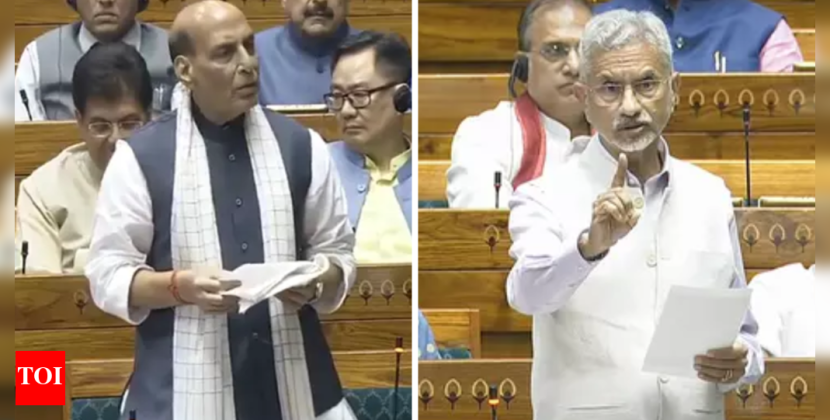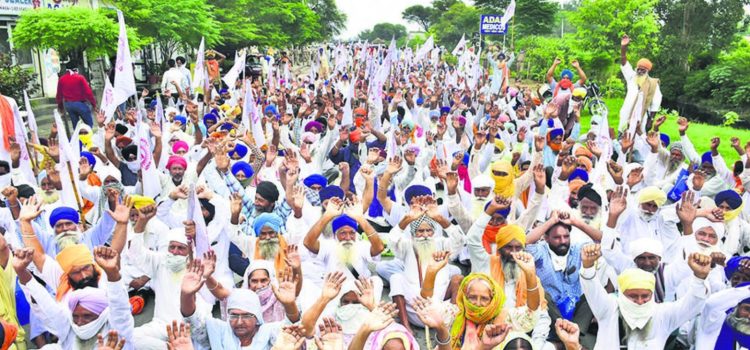
The government has developed a farm distress index to alert local authorities in case of deterioration of conditions of cultivators, crops and their livelihoods based on 21 parameters so that timely intervention can be initiated, officials said.
Experts tasked with devising the index at the Central Research Institute for Dryland Agriculture (CRIDA) said hardships, which often lead to serious economic and emotional consequences for farmers, can be averted if detected early and, for that, an advance warning mechanism is required.
Nearly half of India’s population still depends on a farm-based income and agriculture accounts for about 17% of the country’s gross domestic product or GDP, making the sector critical to growth in Asia’s third-largest economy.
“The index is very simple and has seven sections of three questions each. By analysing the answers, it will be possible to know whether they are experiencing any distress or face conditions that may lead to stress,” said A Amarender Reddy, the design head of CRIDA, a wing of the Indian Council of Agricultural Research.
Crop failures and debt levels often drive farmers to committing suicide. For instance, in Maharashtra, 2,851 farmers took their lives in 2023 due to farm distress, according to data compiled by the state relief and rehabilitation department.
A majority of India’s 220 million farm households depend heavily on subsidies and loans to meet cultivation costs. Extreme weather events, which are becoming frequent, can wipe out crops and their ability to repay their debt.
The distress index has been developed under the Nabard-funded project called “Farm Distress and PM Fasal Bima Yojana (PMFBY)”. Nabard or the National Bank for Agriculture and Rural Development is India’s largest rural creditor and the mission aims to expand coverage of the government’s flagship PMFBY, a subsidised crop insurance scheme.
The index covers key areas related to financial health, crop conditions, weather projections and even emotional health of farmers at the level of a village or group of villages, the official said.
The data will then be processed by an Android-based application and empirical results on the intensity of distress can be obtained. The application will be useful in large dryland rain-fed regions prone to droughts, such as Telangana, Andhra Pradesh, Karnataka and Maharashtra.
“Agricultural distress is a complex phenomenon and is not triggered by any one cause. It is an interplay of income, financial profile as well as economic decisions by farmers. Distress often results from factors such as crop failures, miscalculating returns and weather shocks,” said R Mani of Tamil Nadu Agricultural University.
Mani said formalisation of credit and public insurance programmes like the PMFBY can greatly alleviate distress. However, such facilities need to be efficient and simple to administer, he said.
The survey on Situation Assessment of Agricultural Households and Land and Livestock Holdings of Households in Rural India, 2019 conducted by the National Sample Survey Office showed that about 58.3% of rural households were employed in agriculture, which is their main source of income.











